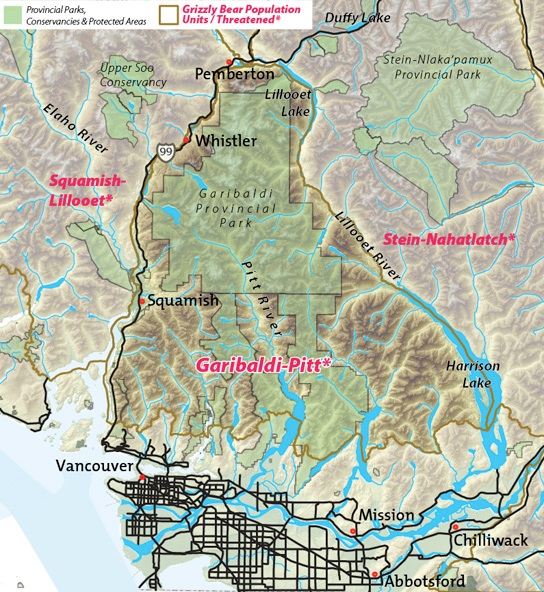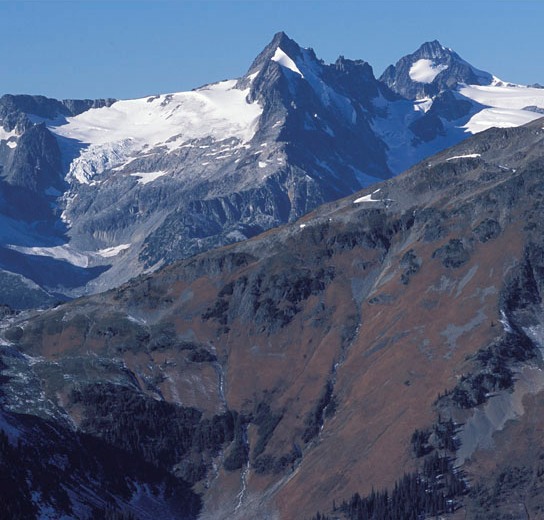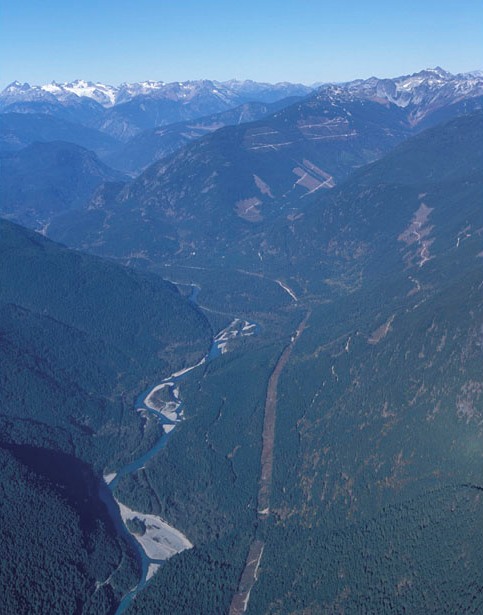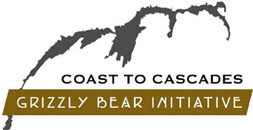Garibaldi-Pitt (2 bears)



The Garibaldi-Pitt grizzly bears have the distinction of living virtually in the shadow of Vancouver’s high-rises. There is no other major North American city that can make this claim. Sightings of grizzly bears in Garibaldi Park and environs have been rare, indicative of the extremely low numbers in the population. But in 2011 a local guide filmed a grizzly bear fishing for salmon in the Pitt River and in spring 2013 biologists documented a female crossing Highway 99 into Garibaldi Park.
Although decision makers did not design Garibaldi Park to protect the range of grizzly bear habitats, the park does provide a large protected area and a measure of grizzly bear security. Salmon runs in the neighboring Pitt and lower Lillooet Rivers and their tributaries also provide a high energy fall food source for bears extremely important for regional grizzly conservation and recovery.
And because of its geographical location between more numerous but at-risk grizzly bears in the Squamish-Lillooet and Stein-Nahatlatch grizzly populations, Garibaldi-Pitt serves as an effective critical east-west linkage habitat.
However its proximity to large human communities and shortage of other seasonal grizzly bear foods makes it unlikely that Garibaldi-Pitt will support high numbers of grizzly bears. Recovery actions must safeguard existing habitat values and define recovery objectives for this highly endangered grizzly bear population.
Threats to Garibaldi-Pitt bears include:
- Potential harm to critical connectivity habitats across the Lillooet River and along Lillooet and Harrison Lakes including a number of existing and proposed hydro-power projects and their associated improved roads and infrastructure;
- Increasing pressure in the upper Pitt River watershed from recreational use and a cluster of potential hydro-power projects;
- Continued development and increasing human activity in the east-west linkage across Highway 99 between Squamish, Whistler and Pemberton.
The combined effects of human development in grizzly bear habitat pose the greatest threat to grizzlies in the Coast to Cascades region. These include an excessive open backcountry roads network and other infrastructure associated with energy development, mining, forestry and recreation, some of which combine with livestock grazing or farming.
These effects harm bears in three main and often overlapping ways:
Conflicts between humans and bears increase in frequency, often resulting in grizzly bear deaths. As well, grizzly bear poaching is made easier by more and improved backcountry roads.
Bear populations become isolated from each other because roads, utility corridors and other infrastructure accumulate in major valley bottoms making it difficult for bears to move through such areas unharmed.
Habitat is lost or degraded by development and human activities which prevent bears, particularly females with cubs, from using those critical habitats. Such impacts are particularly troublesome for females whose home ranges are affected by development.
In the bigger picture, all of the threatened Coast to Cascades grizzly populations and their healthier neighbors to the north and west must be stitched together so that they intermingle and can move with the seasons to find the foods they need to survive and raise their young. Their ability to move securely will be increasingly important as climate change affects grizzly habitat and food sources.
External Links
Sea to Sky Land Resource Management Plan
Population Numbers by BC Government
